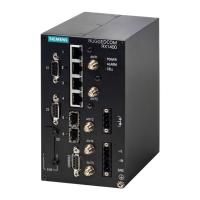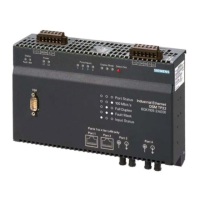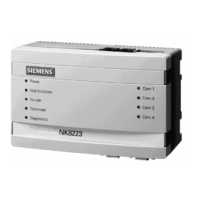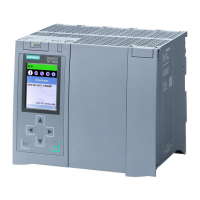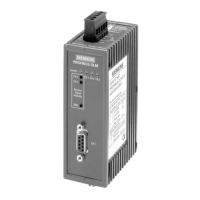RUGGEDCOM ROX II
CLI User Guide
Chapter 13
Unicast and Multicast Routing
Viewing the Status of IPv4 Routes 435
Unicast and Multicast Routing
This chapter describes how to configure, monitor and manage static and dynamic routes unicast and multicast
traffic.
CONTENTS
• Section13.1, “Viewing the Status of IPv4 Routes”
• Section13.2, “Viewing the Status of IPv6 Routes”
• Section13.3, “Viewing the Memory Statistics”
• Section13.4, “Configuring ICMP”
• Section13.5, “Managing Event Trackers”
• Section13.6, “Managing IS-IS”
• Section13.7, “Managing RIP”
• Section13.8, “Managing BGP”
• Section13.9, “Managing OSPF”
• Section13.10, “Managing MPLS”
• Section13.11, “Managing Virtual Routing and Forwarding (VRF)”
• Section13.12, “Managing Static Routing”
• Section13.13, “Managing Static Multicast Routing”
• Section13.14, “Managing Dynamic Multicast Routing”
Section13.1
Viewing the Status of IPv4 Routes
To view the status of the IPv4 routes configured on the device, type:
NOTE
It is possible to create a route on a locally connected broadcast network (i.e. without a gateway)
without also bringing up a corresponding IP address on that interface. For example, it would
be possible to add 192.168.1.0/24 to switch.0001, which has an IP address of 10.0.1.1 but no
corresponding alias address on the 192.168.1.0/24 subnet.
show routing status ipv4routes
If IPv4 routes have been configured, a table or list similar to the following example appears:
ruggedcom# show routing status ipv4routes
DESTINATION GATEWAY INTERFACE TYPE WEIGHT METRIC
--------------------------------------------------------------

